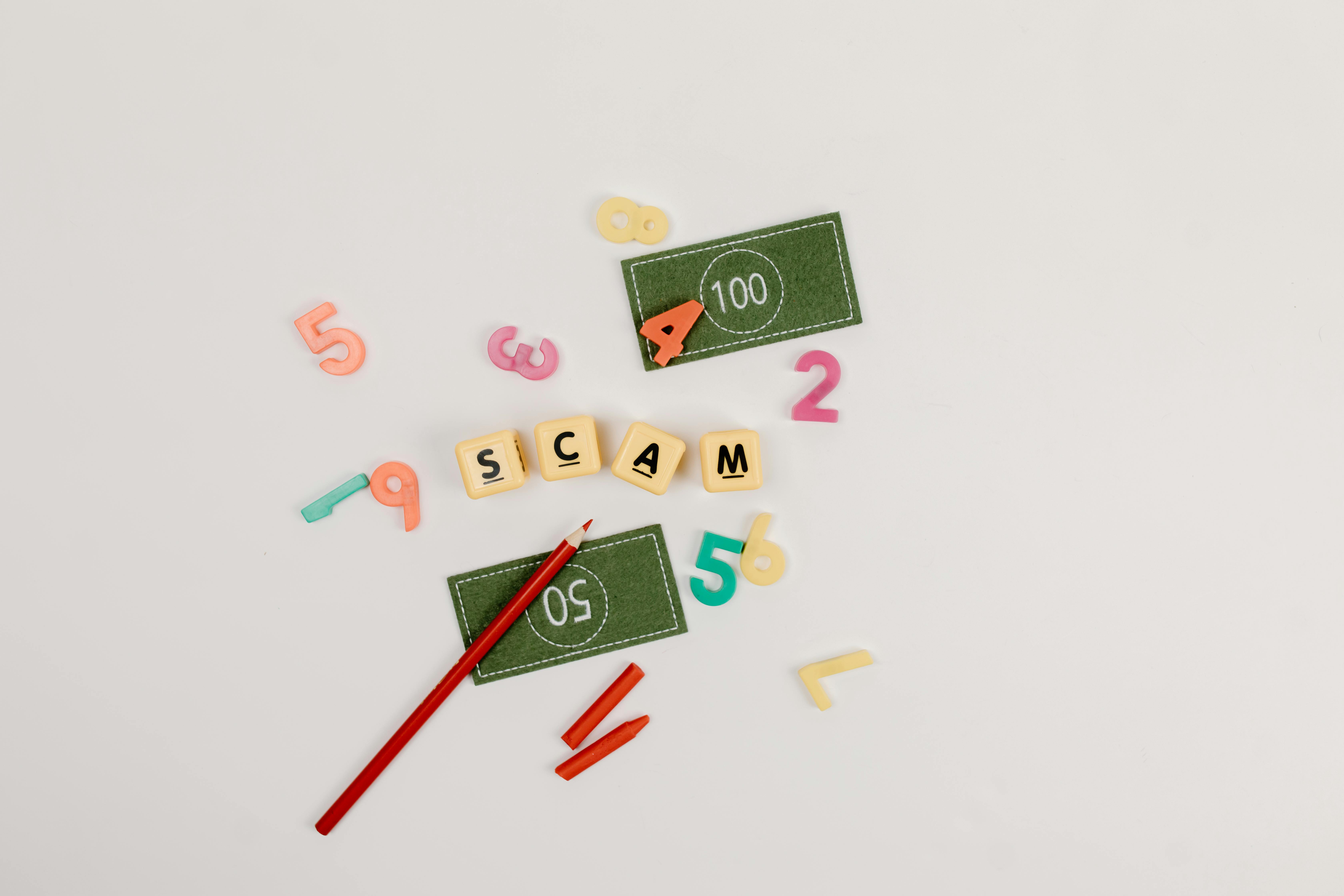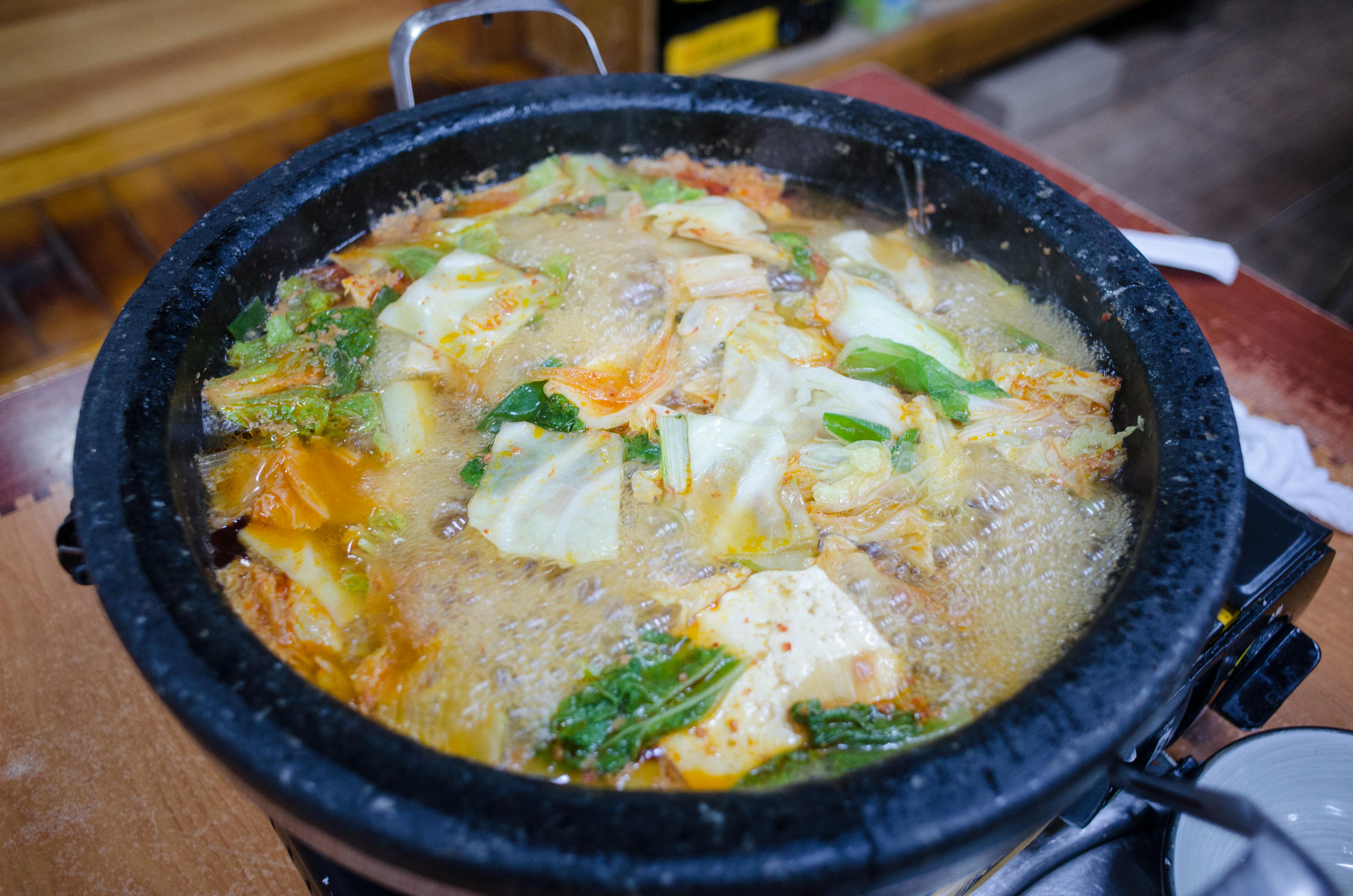How to Properly Check Your Ring Size in 2025

How to Measure Your Ring Size with Confidence
Understanding how to measure ring size accurately is essential for anyone looking to purchase or gift a ring. Whether it’s for an engagement, anniversary, or just a personal treat, knowing your ring size can save you from the frustration of ill-fitting jewelry. Measuring your finger for a ring might seem daunting, but with a few simple techniques, you can determine your size at home easily and effectively.
The process of determining ring size has evolved over the years, especially with the rise of online tools and DIY methods. In this article, we'll be exploring various ring size measurement methods, how to check your ring size easily, and best practices to avoid common ring size mistakes. By the end, you’ll have all the tools you need to ensure a proper fit for yourself or a loved one.
Key takeaways include practical tips on using string for measuring, understanding the importance of accurate ring sizing, and insights into professional ring size measurement. So, let's dive into the world of rings and figure out how to size up properly!
Essential Methods for Measuring Ring Size at Home
When it comes to measuring ring size without tools, there are several effective methods you can utilize. Some include using everyday items like string or paper, while others might leverage digital resources.
Using String to Find Your Ring Size
Finding ring size with string is one of the simplest methods available. First, take a piece of non-stretchable string and wrap it around the base of the finger where the ring will sit. Make sure it’s snug but not too tight. Mark the point where the string overlaps and then measure the length with a ruler. This measurement in millimeters can be matched against a ring size chart to determine your size accurately.
Paper Strip Method for Ring Size Estimation
Another method involves using a strip of paper. Cut a thin strip approximately 1 cm wide and long enough to wrap around your finger. Follow the same principle as with the string method—wrap, mark, and measure. This DIY ring size measurement method can be particularly handy for individuals without access to specialized tools.
Using a Ring Size Chart for Reference
Before finalizing your size, consulting a ring size chart is a best practice. Compare the measurements you've gathered from string or paper against internationally recognized sizes. Charts often include conversions between different sizing systems, helping you understand how sizes differ globally.
Importance of Measuring Circumference and Diameter
When measuring, it’s crucial to consider both the finger's circumference and the diameter of existing rings. If you already own a ring that fits well, measure its internal diameter with a ruler. This diameter can also be cross-referenced with a conversion chart for an accurate size without additional measurement methods.
Leveraging Online Ring Size Tools
Online ring size tools can provide an additional layer of assurance. Various calculators and apps allow you to input measurements for instant size suggestions. These digital solutions have become indispensable for many buyers, particularly those shopping for rings remotely.
With these methods in mind, let’s transition to tips for ensuring proper ring fit.
Top Considerations for Ensuring Proper Ring Fit
Finding the right ring size is just the beginning; ensuring the ring fits well is crucial. There are various factors to consider, including changes in finger size, the time of day, and even seasonal variations.
Understanding Finger Size Variability
It's essential to understand that finger sizes can fluctuate throughout the day due to various factors such as temperature. Typically, fingers are smaller in the morning and swell in the evenings. To achieve the best fit, measure your finger at different times during the day and average the results.
How to Check Ring Size for Engagement
When buying an engagement ring, knowing your partner's ring size can be challenging. One effective method includes borrowing a ring they already wear on the correct finger and measuring its diameter. Alternatively, seeking assistance from close friends or family can provide insights without revealing any secrets.
Common Ring Size Mistakes to Avoid
One prevalent mistake is measuring your finger when it’s cold, which can yield a smaller size. Additionally, failing to consider the width of the ring itself can affect comfort and fit. Wider bands may require going up a half size compared to traditional ring styles.
Ring Sizing for Different Finger Shapes
Different finger shapes will naturally affect how a ring feels. Those with wider knuckles may need to size rings differently than those with slim fingers. It’s advisable to consider not just the finger where the ring will sit, but the entire hand shape when measuring.
Adjustments and Resizing Rings
It’s a good idea to know how to resize a ring should the need arise. Many jewelers offer resizing services, which can be particularly handy for rings that fit snugly or are too loose. Always inquire about their policies regarding resizing to ensure a proper fit in the future.
With these considerations laid out, let’s explore professional methods for achieving the best ring sizing results.
Professional Ring Sizing Techniques
For those seeking the most accurate measurements, professional ring sizing services can be the best approach. Here are some techniques and insights from experts.
Visiting a Jewelry Store for Accurate Measurement
A trip to a reputable jewelry store can provide you with the most accurate assessment of your ring size. Jewelers use professional tools that ensure precision, allowing them to recommend the best size tailored to your specific finger shape and preferences.
Using a Ring Gauge for Perfect Measurement
Jewelers often utilize a ring gauge, which includes a variety of rings in different sizes. Customers can try multiple sizes to find their best fit easily. This method offers a hands-on approach to determining the right size and is highly advised.
Understanding Resizing Policies
If you purchase a ring, it's important to understand the jeweler's resizing policy. Some offer complimentary resizing within a specific time frame. Familiarizing yourself with these policies can save you future hassle if adjustments are needed.
Professional Tips from Jewelers
Jewelry experts often recommend visiting multiple stores to gauge consistent sizing recommendations. Different jewelers may suggest different sizes based on their specific measurement tools, which can help solidify your size decision.
Custom Ring Sizing for Unique Requirements
For those seeking bespoke jewelry, understanding custom ring sizing is crucial. Each custom piece will require precise measurements, and many jewelers will ask for detailed finger assessments to ensure an optimal fit.
Next, we’ll discuss various conversion methods surrounding international ring sizes, which can be particularly useful for travelers or online shoppers.

How to Convert Ring Sizes Across Different Systems
When purchasing rings internationally, understanding how to convert ring sizes is vital. Different countries have varied sizing systems, leading to confusion if conversions aren’t properly understood.
Mapping US Sizes to International Standards
American ring sizes differ from UK, European, and Indian systems. A thorough ring size conversion chart can aid in navigating these differences. Familiarize yourself with the equivalent sizes to streamline your international shopping experience.
Finding an Equivalent Size for Your Measurements
To convert a size, start with your existing measurement and check against a conversion chart. Many online tools can also assist in this process—just input your size and let the calculator handle it. This practice can save time and effort for frequent travelers or online shoppers.
Checking Size Conversions for Gifts
When buying gifts, particularly for loved ones abroad, utilizing a size conversion chart is a must. It helps ensure you're not making common size mistakes, leading to incorrect gifts. Remember to account for potential future adjustments as well.
Understanding Ring Size Variability from Different Jewelers
Be aware that sizing can vary slightly between jewelers. It's best to consult those in other regions about their specific sizing, ensuring a proper fit regardless of where you are buying.
Using a Ruler to Measure for Accurate Conversion
Using a ruler is another fundamental way to assist with conversions. Measure the inner diameter of an existing ring, then consult conversion charts to translate this measurement effectively into your desired sizing chart.
With these conversion methods established, let’s delve into some general ring fitting tips to ensure a perfect wear.
Best Practices for Ensuring Ring Fit and Comfort
To maximize enjoyment and comfort when wearing a ring, there are several fitting tips that can enhance your overall experience.
Assessing the Ring Fit for Daily Wear
Consider how the ring feels during various activities. A good fit should be snug enough to prevent slipping, while also allowing for slight finger movement and breathing room. Always assess fit while performing typical daily tasks.
Temporary Solutions for Ring Sizing
If you're unsure about the fit, temporary sizing solutions can provide a quick fix. These include sizing beads, adjustment tools, or even special ring guards that can help achieve the desired fitting until a more permanent solution is applied.
Fitting Rings for Special Occasions
For special events, you may want to account for factors like weather and activity level. Ensure that the ring allows for movement whilst still allowing for comfort, especially during dances or formal activities.
Stay Mindful of Health Changes
Changes in weight, diet, or health conditions can affect finger sizes, as seen with pregnancy or arthritis. It's essential to reassess your ring size periodically and consider alterations if major lifestyle changes occur.
Checking Your Ring Size Regularly
Regular checking of your ring size is a proactive approach to maintaining comfort. Every few months, perform a quick measurement to adapt to seasonal fluctuations or changes in body weight.
The importance of knowing your ring size and ensuring it fits cannot be understated. It affects comfort, style, and ultimately the enjoyment of wearing jewelry. Armed with these practices, you’ll be well-prepared to select the perfect ring size.

Common FAQs About Ring Size Measurement
What happens if my ring is too tight or too loose?
Wearing a ring that’s too tight can restrict blood flow, leading to discomfort, while a loose ring can slip off easily. Both issues warrant a resizing to enhance comfort and safety. Always address sizing problems promptly.
How can I find out my partner's ring size without asking?
Borrow an existing ring and measure its diameter, or ask friends if you’re unsure about the proper size to get insights. Subtle inquiries during discussions about jewelry can also yield useful information.
Is there a way to resize a ring at home?
While not always recommended, there are temporary methods for resizing at home. Adjustable ring liners and sizing beads can help. Permanent resizing should be performed by a jeweler.
How do I know if I need a half-size versus a full size?
Half sizes can provide a more precise fit, particularly for wider bands. If you’re uncertain, consult a jeweler for recommendations based on how the size feels on your finger.
Can I use my smartphone to measure ring size?
Yes, various apps and online tools can guide you in measuring your ring size using your smartphone's features. However, ensure accuracy by following user ratings and reviews of these digital tools.
Understanding ring sizes and measurement processes can be incredibly beneficial. By utilizing the insights and techniques shared, you’ll be well-equipped to determine your perfect ring size with ease.
```